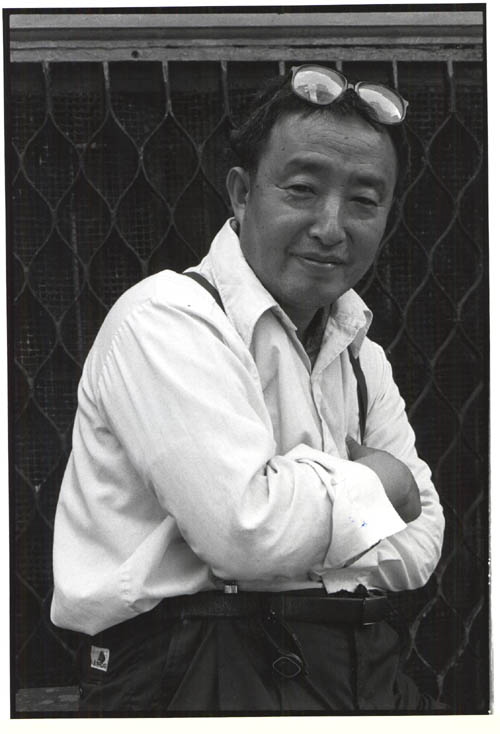
Nam June Paik (1932-2006) was born in Korea, but moved to New York City in 1964. He is frequently referred to as "the grandfather of video art." Paik began his career as a composer and musician studying at the University of Tokyo, the University of Munich, and the Conservatory of Music in Freiburg, Germany. Influenced by the composer John Cage, Paik's interests brought him into the orbit of Fluxus, an international postwar movement of artists -- many of whom were influenced by the earlier work of Duchamp and Dada -- who sought to break down the barriers between high art and everyday life. Fluxus is often considered "anti-art" in its sometimes violent renunciation of conventional definitions of the art object.
Paik was first drawn to video in the context of his music; it was the random quality of the television soundtrack which initially appealed to him. For over three decades, however, he was a provocative and prophetic spokesman for new uses of television technology and for the relevance of TV to art. He used television sets in startling constructions for performances (i.e., the TV as cello, bra, or glasses) and designed installations composed of televisions transformed into aquariums, and stacked as pyramids. Paik also made TV chairs and many versions of TV robots. He combined fast-paced video clips -- often dramatically colorized -- in high-energy montages programmed over several television monitors. Paik was a pioneer in combining straight or manipulated segments of broadcast TV with artist-produced videos, organized by a complex visual and aural matrix.
